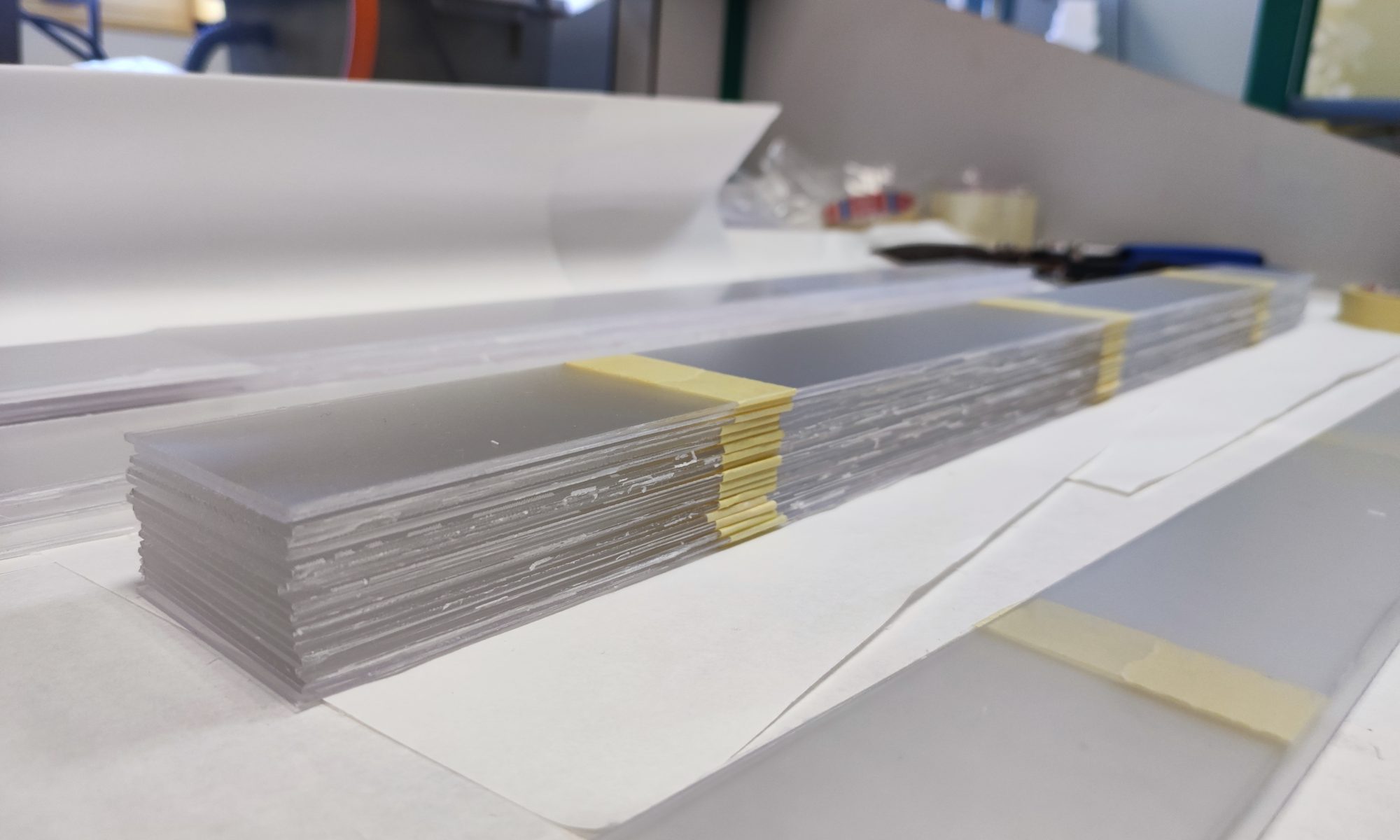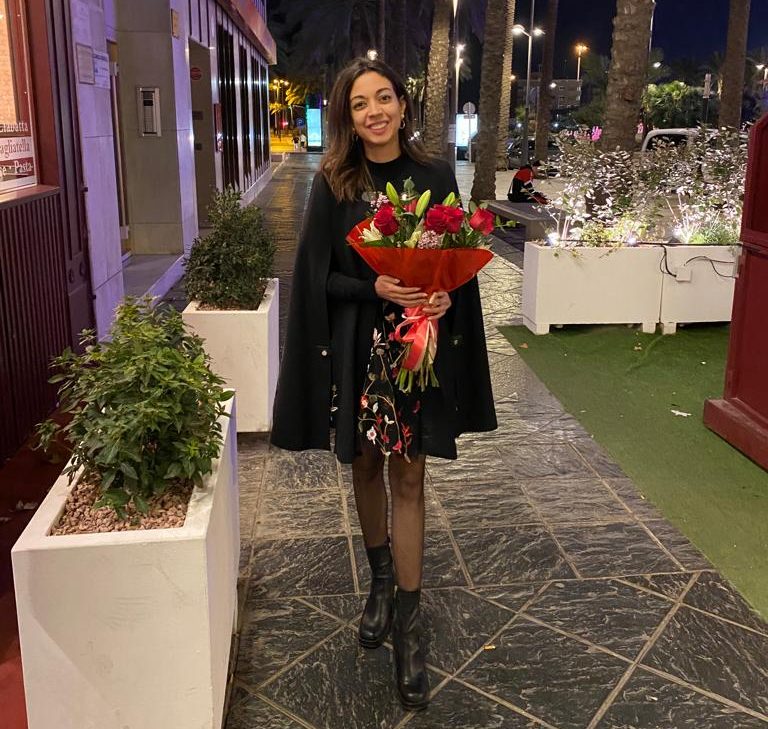The preparation of the new APIStrips has officially begun at the University of Almería and the UAL team is working hard to have them ready on time. Next year, close to 6000 APIStrips will be needed in the monitoring, which means a lot of time and effort. But the first 400 are now ready! They are safely stored and waiting to be shipped to all national coordinators, who will distribute them to the citizen scientists prior to the first sampling dates. Continue reading “Santa is bringing APIStrips for Christmas”
Congratulations to Maria Murcia – a PhD thesis from within INSIGNIA
It is with great pride that we congratulate Maria and the Almeria team for Marias’s successful defense of her thesis on the subject: “Environmental monitoring of pesticides using passive sampling in honeybee hives”, work carried out during the INSIGNIA and INSIGNIA-EU projects Continue reading “Congratulations to Maria Murcia – a PhD thesis from within INSIGNIA”
Two INSIGNIA’S IN A TALK ON STONES BAR
An INSIGNIA video podcast at the Stones bar in Nea Moudania. A bit deeper talk on the results of our 3 days meeting on next year’s sampling. Flemming Vejsnæs (bad sound – since his microphone did not work) and Sjef van der Steen have a chat on the results and conclusions on the meeting.
Thanks for the hospitality!

Successful INSIGNIA meeting in Nea Moudania
Three intense working days in Nea Moudania is over and we are very happy in our minds and ready for the coming season. Coordinator Sjef van der Steen is making a short review on the conclusions of the meeting
INSIGNIA video PODCAST – What is INSIGNIA?
This is our very first INSIGNIA video PODCAST where two members of the consortium simple TALK with each other about different subjects of INSIGNIA. This time it is the coordinator Sjef van der Steen, Netherlands and Flemming Vejsnæs, Denmark, simply talking about INSIGNIA in general. Enjoy the podcast.
Exciting consortium meeting coming up this week
At the end of this week (12-13. November 22) the INSIGNIA consortium meets in real life since long time. Main issue is to evaluate this year’s field testing on different methods to measure different types of pollution. This will become the basis of next year protocol. We are really excited. Listen to Sjef van der Steen, Coordinator of INSIGNIA, what he does expect.
The first National Coordinators café

Today we held the first INSIGNIA-EU “National Coordinators café”. This was attended by most of the National Coordinators who will be organising the sampling programme in all 27 EU countries in 2023. It was an opportunity for them to meet each other informally, and to discuss practical questions about the programme with members of the core INSIGNIA-EU team. Selection of participating citizen scientist beekeepers for 2023 is currently underway, and many volunteers have come forward. The selection process is important to ensure that large countries like Spain and Germany have an even geographical distribution of beekeepers, whilst also taking account of different land uses such as cities, agricultural and semi natural areas, to provide contrasts in the likely levels of the various types of pollution experienced. Matters discussed include the practicalities of sampling in northern parts of Finland and Sweden where hives may be covered in snow for long periods, and how to arrange a sampling programme to take account of the vacation plans of the citizen scientists. All agreed that it was a useful meeting and that there will be regular follow up meetings in the future.
First meeting with all national coordinators from Europe (online event)
For the full study in 2023, the sampling will be expanded to all 27 European Union countries. To sucessfully activate the widespread beekeeping community in Europe, the INSIGNIA-EU consortium will also be expanded by subcontracting a total of 19 institutions. Thus, we are able to cover all European Union member states and all 23 European languages.
It has been a while, since the INSIGNIA-EU consortium held an online event to meet the subcontractors on July 6. Nevertheless, we want to inform our readers about this important meet and greet.
Continue reading “First meeting with all national coordinators from Europe (online event)”
INSIGNIA-EU – the citizen scientist’s opinion counts too!
In one of the recent blog entries, we talked about the different stages of participation of volunteers in a citizen science study. This time, we want to address that the form of involvement in a citizen science study can also be very different.
Let’s talk about three different categories of citizen science studies, that are described in literature and to whom the INSIGNIA-EU can be allocated (Bonney et al., 2009, see also Table 1).
Contributory projects: Typically, scientists design the study and the public is primarily involved by collecting data.
Collaborative projects: Scientists generally design the study, the public is involved by not only collecting the data, but also takes part in evaluating the study-setup, help analyzing data or is part of the dissemination process.
Co-created projects: Scientists work together with the public to design a study and at least a part of the volunteers is involved in all steps of the study process.
Continue reading “INSIGNIA-EU – the citizen scientist’s opinion counts too!”


